In the heart of Moroccan culture lies a ritual that transcends mere beverage preparation—the Moroccan Tea Ceremony. Among its many nuanced elements, the act of pouring tea from a height to create a frothy foam stands as one of the most visually captivating and symbolically rich practices. This is not just about serving tea; it is a performance, a gesture of hospitality, and an art form passed down through generations. The height from which the tea is poured and the resulting foam are not arbitrary details but are deeply embedded in the social and cultural fabric of Morocco, reflecting values of generosity, skill, and connection.
The ceremony typically involves green tea, often Gunpowder green tea for its robust flavor, fresh mint, and copious amounts of sugar, all brewed in a beautifully crafted teapot, usually made of silver or stainless steel. However, the true magic begins when the tea is ready to be served. The server, often the head of the household or a designated host, lifts the teapot high above the glass—sometimes as high as a meter or more—and pours the tea in a steady, graceful stream. This dramatic pour is not for show alone; it serves multiple purposes, both practical and symbolic, with the creation of foam being a central goal.
The foam, or "crown," as it is sometimes called, is considered the hallmark of a well-poured tea. It is believed that the foam traps the aroma of the mint and tea, enhancing the sensory experience for the drinker. A generous layer of foam indicates that the tea has been brewed and poured with care and expertise. It is a sign of respect to the guest, showing that the host has taken the time and effort to prepare the tea properly. In many ways, the presence of foam is synonymous with warmth and welcome; without it, the tea might be considered poorly made or, worse, an insult to the recipient.
Achieving the perfect foam is no simple feat. It requires practice, a steady hand, and an understanding of the physics involved. The height of the pour aerates the tea, introducing tiny bubbles that form the foam. The higher the pour, the more aeration occurs, but there is a delicate balance. Too low, and insufficient foam is created; too high, and the tea may splash or miss the glass entirely, which would be a grave faux pas. The pour must be controlled and precise, with the stream aimed directly into the center of the glass to maximize aeration while minimizing spillage. Mastery of this technique is a point of pride for many Moroccans, and it is common for young people to learn and practice the art from an early age.
Beyond the technical aspects, the high pour carries profound cultural significance. In Moroccan society, hospitality is paramount. The phrase "Moroccan hospitality" is renowned worldwide, and the tea ceremony is its quintessential expression. Pouring from a height is a gesture of generosity and abundance. The extended arm and the elevated pot symbolize giving the best one has to offer, holding nothing back for guests. It transforms a simple drink into an offering of friendship and respect. This act fosters a sense of community and shared experience, as the ceremony is rarely performed in solitude; it is a social event, bringing people together to converse, bond, and enjoy each other's company.
The sound of the tea pouring—a rhythmic, almost musical splashing—adds another layer to the experience. It is a sound that signals gathering, relaxation, and enjoyment. In the bustling markets of Marrakech or the quiet homes in the Atlas Mountains, this sound is a familiar and comforting presence. It punctuates conversations, marks the conclusion of a meal, or welcomes a visitor. The auditory element, combined with the visual spectacle of the golden liquid arcing through the air, creates a multisensory ritual that engages all present, making the tea ceremony a holistic experience.
Interestingly, the practice also has practical benefits that have been appreciated over centuries. The aeration from the high pour helps to dissolve the sugar evenly throughout the tea, ensuring a consistent sweetness in every sip. It also slightly cools the tea, making it more palatable immediately after brewing, which is important in the hot Moroccan climate. While these practical reasons might seem secondary to the cultural symbolism, they demonstrate the ingenuity embedded in traditional practices—where form and function are beautifully intertwined.
In contemporary Morocco, the tea ceremony remains a vibrant tradition, though its practice may vary between regions and generations. In urban areas, where time is a luxury, the ceremony might be abbreviated, but the high pour and the foam are seldom omitted. They are non-negotiable elements that define Moroccan tea. For the diaspora, maintaining this ritual becomes a way of preserving cultural identity and connecting with roots. It is not uncommon to find Moroccans abroad meticulously replicating the ceremony, striving to achieve that perfect foam as a testament to their heritage.
To witness the Moroccan tea ceremony is to understand a key aspect of the nation's soul. The elevated pour and the resulting foam are much more than techniques; they are expressions of a culture that values elegance, generosity, and human connection. Each glass of tea, crowned with a layer of white foam, tells a story of skill, tradition, and heartfelt hospitality. It is a daily practice that reinforces social bonds and celebrates the art of living well. In a world increasingly dominated by haste and efficiency, the deliberate, graceful act of pouring tea from a height stands as a poignant reminder of the beauty and importance of taking time to care for one another.

By /Aug 20, 2025

By /Aug 20, 2025
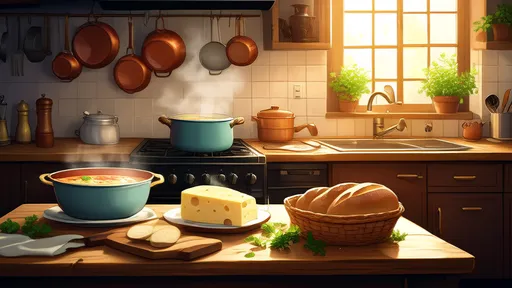
By /Aug 20, 2025

By /Aug 20, 2025
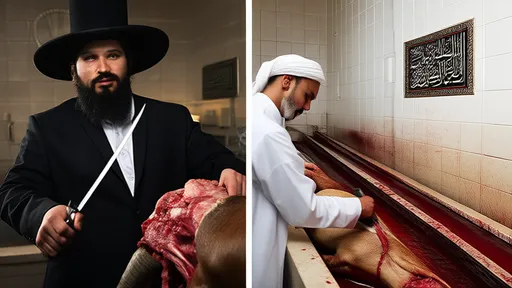
By /Aug 20, 2025
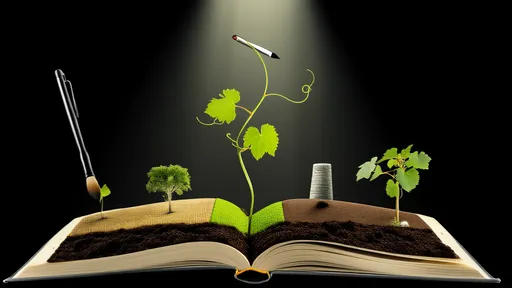
By /Aug 20, 2025

By /Aug 20, 2025

By /Aug 20, 2025

By /Aug 20, 2025
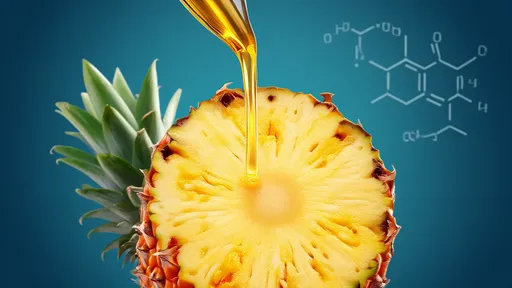
By /Aug 20, 2025

By /Aug 20, 2025

By /Aug 20, 2025
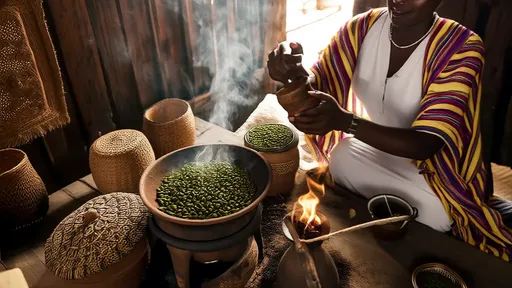
By /Aug 20, 2025
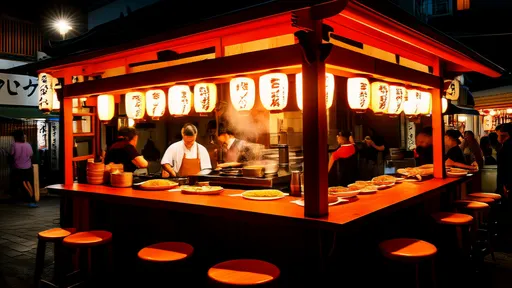
By /Aug 20, 2025

By /Aug 20, 2025

By /Aug 20, 2025

By /Aug 20, 2025

By /Aug 20, 2025

By /Aug 20, 2025

By /Aug 20, 2025